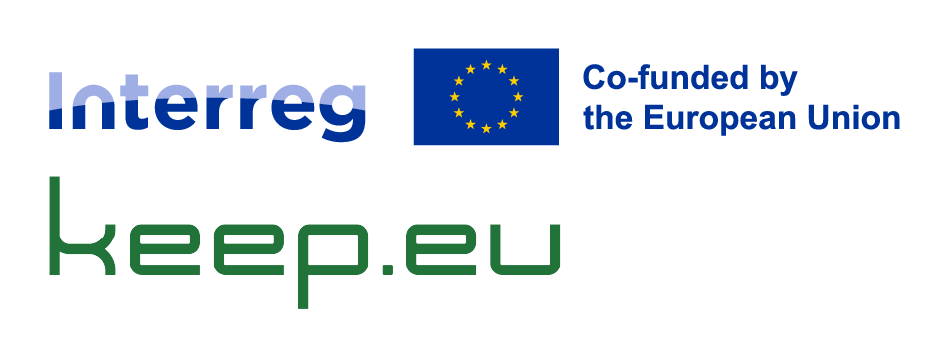Validation template (2014-2020). What is it? How can programmes get hold of it?
A validation template is an Excel file that programmes can use to send data on their projects, partners, and calls to keep.eu. The method that uses the validation template is the so-called manual importing. Programmes can also opt for sending their data to keep.eu automatically, from their monitoring systems. Automatic importing is less work-intensive and less prone to human error. It is thus keep.eu’s recommended method. However, different reasons keep many programmes from resorting to it, hence keep.eu will continue supporting manual updates.
Programmes send their filled out validation templates to keep.eu by email. Upon reception, these files go through the keep.eu data-validation and processing team. The name of these files, “validation templates”, comes from the macros that help keep.eu’s data processing team to validate the data. These templates are finally used as keep.eu’s data-importing vehicles.
Currently, keep.eu uses the two validation templates listed below. Programmes are welcome to download them and use them according to the instructions below.
- Validation template for 2014-2020 Interreg and Interreg-IPA cross-border programmes. Please also download the explanation of the fields making up this template. Since there are many different situations that the keep.eu database needs to accommodate, there are many fields in the validations template that the programmes need not fill out (please check out the general directions below)..
- Validation template for 2014-2020 ENI CBC programmes. Please also download the explanation of the fields making up this template. And check the general directions below, for an easier job filling out your validation template.
Further to the instructions attached to each version of the validation template, the general directions below also ease up their filling out.
General directions for an easier job filling out your validation template
- Programmes only need to fill out fields repeated in different languages (e.g. “Expected results in English”, “Expected results language 2” and “Expected results language 3”) in the languages that they use.
- Fields “Project name in English” and “Project description in English” are mandatory, as well as field “Achievements in English” (the latter after the end of the project). However, if the programmes do not have the texts in English when first sending the data to keep.eu, they can send the English translations at a later moment.
- Programmes only need to fill out fields “Achievements”, and “Delivered outputs in English” for closed projects.
- Regarding the projects’ and partners’ funding, programmes only need to enter the figures corresponding to the funds that they actually use (from ERDF, IPA II, ENI and ERDF equivalent or Third country contribution and respective countries of origin).
